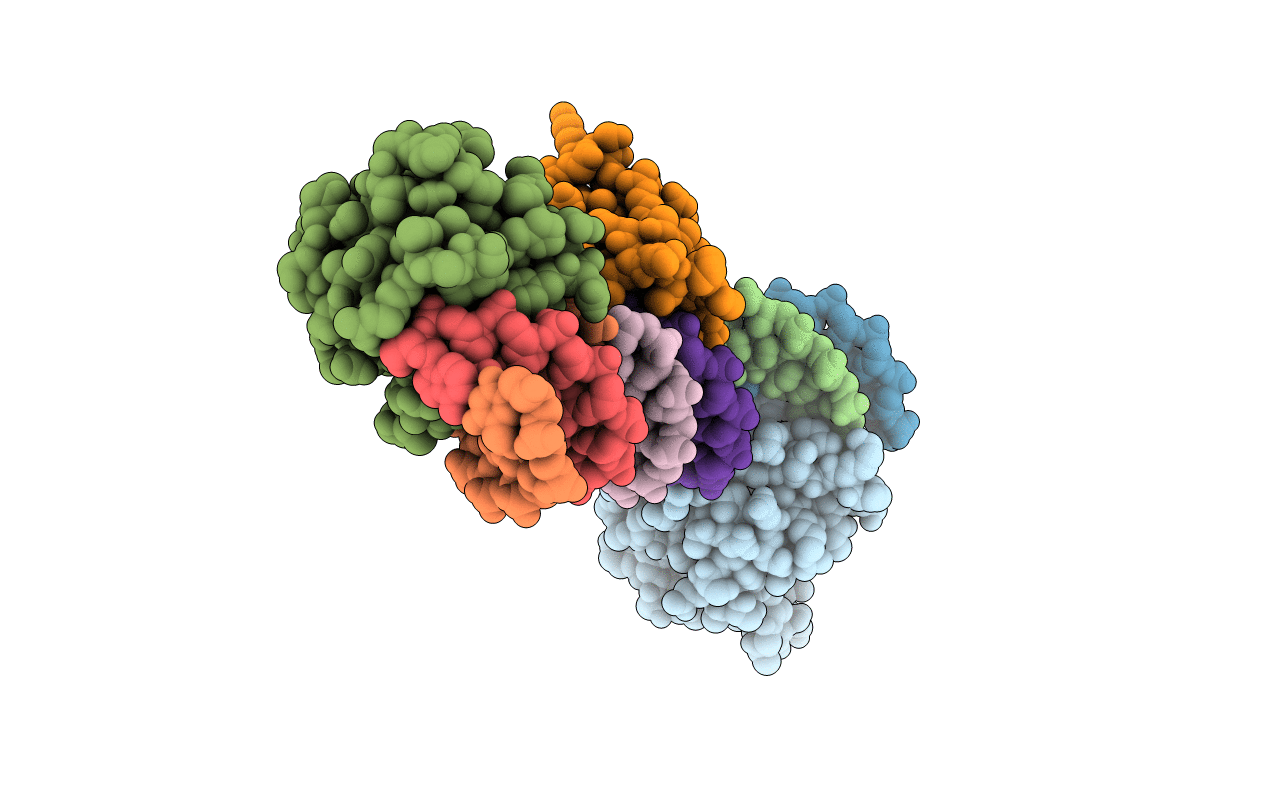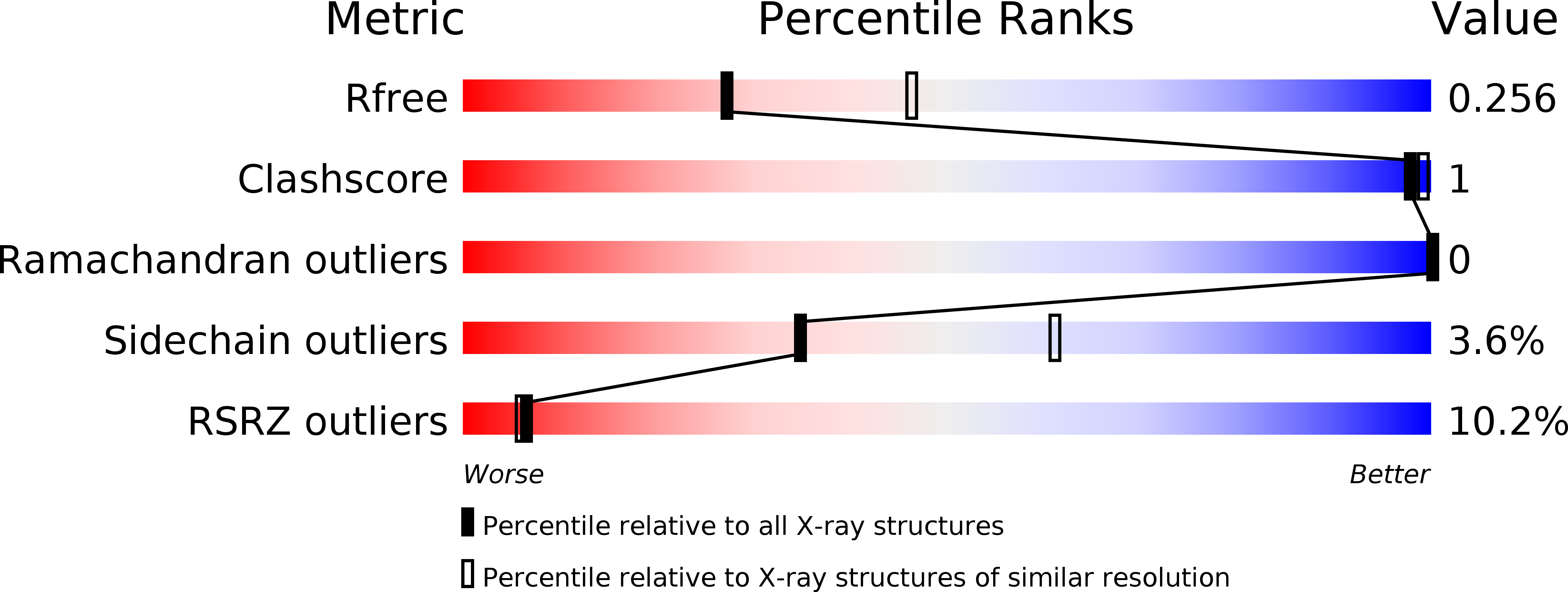
Deposition Date
2013-05-30
Release Date
2013-06-12
Last Version Date
2023-12-20
Entry Detail
PDB ID:
4BQA
Keywords:
Title:
Crystal structure of the ETS domain of human ETS2 in complex with DNA
Biological Source:
Source Organism:
HOMO SAPIENS (Taxon ID: 9606)
Host Organism:
Method Details:
Experimental Method:
Resolution:
2.50 Å
R-Value Free:
0.25
R-Value Work:
0.23
R-Value Observed:
0.23
Space Group:
P 1 21 1


